I first visited the Reford Gardens when the government of Quebec was in charge, sometime in the 1980s, I think, when the gardens were not very interesting. I can’t count how many times I have visited since, though, and always with enormous pleasure.
Les Jardins de Métis are divided in two parts, a historic garden and an international garden festival. The historic garden is a testament to the ambitions and talents of Elsie Reford who began to create the garden when she was in her 50s. Working in a cold climate, she managed nonetheless to take advantage of micro-climates and heavy snow cover in winter to plant a garden in the English style of the times, with a double herbaceous border, a rock garden in a dell and woodland walks that continue to be a delight.
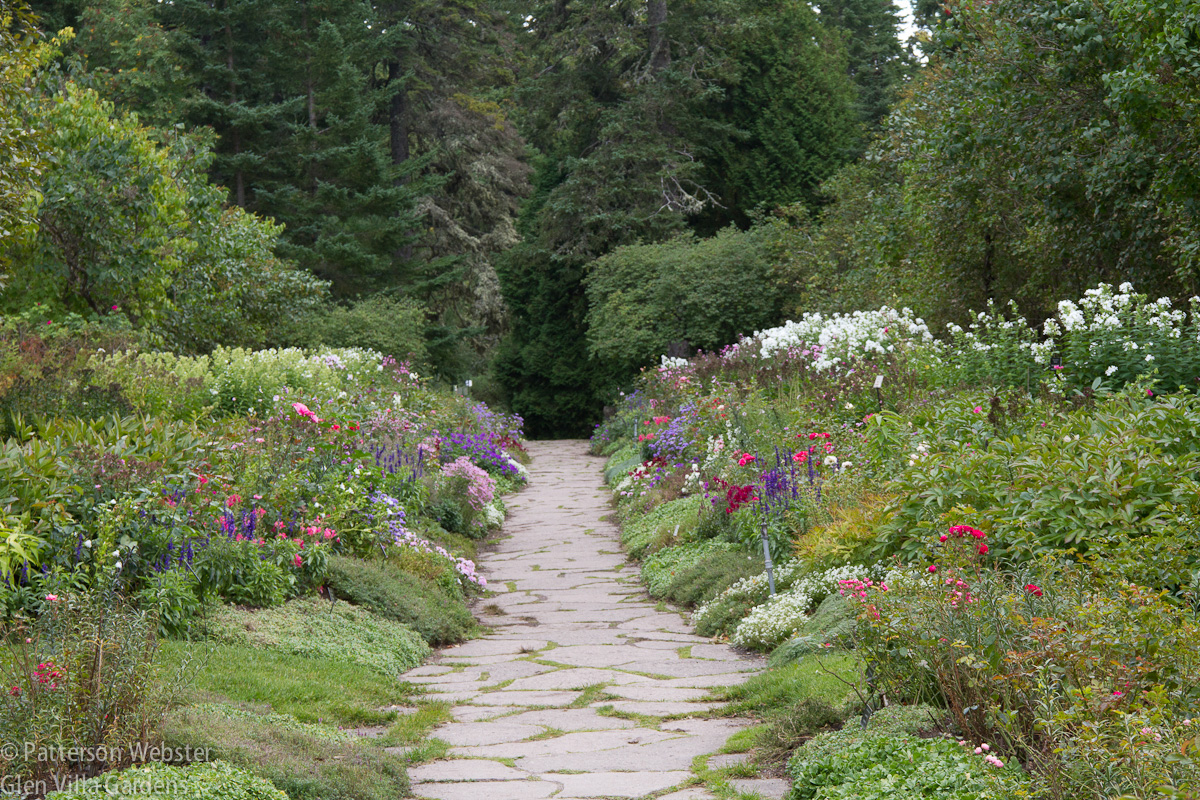
I enjoy the flowering abundance evident in the historic gardens but for me, the stronger attraction is the International Garden Festival. The first Festival was held in 2000 and I’ve visited regularly since then, always finding installations that make me think.
Some stand out in my memory. Hal Ingeberg’s plexiglass installation, Coloured Reflections, continues to confuse the relationship between inside and outside, creating an experience of constantly shifting perceptions.
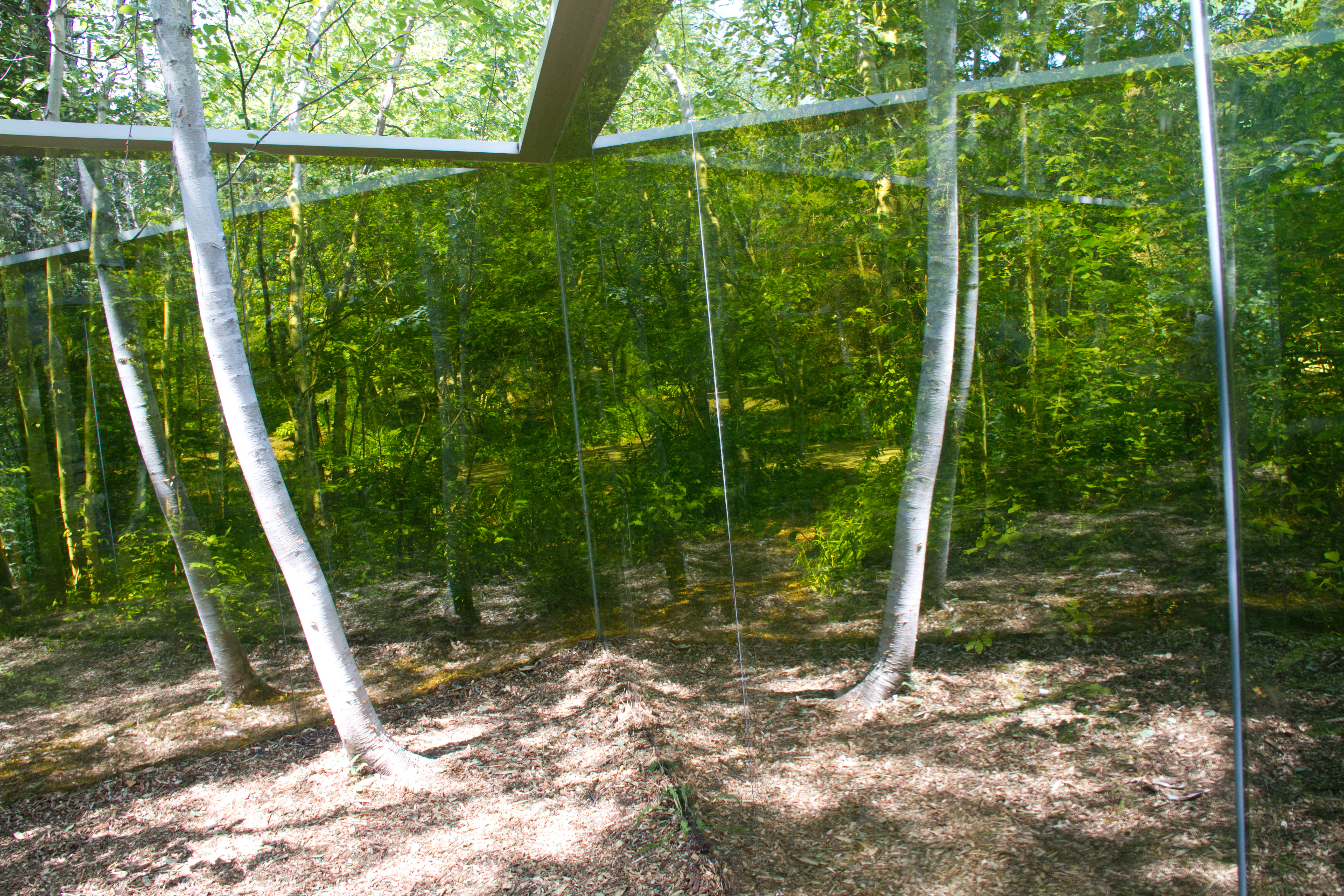
Courtesy of Nature by the Dutch designers Johan Selbing and Anouk Vogel, makes nature the centrepiece, giving it pride of place in an almost worshipful way.

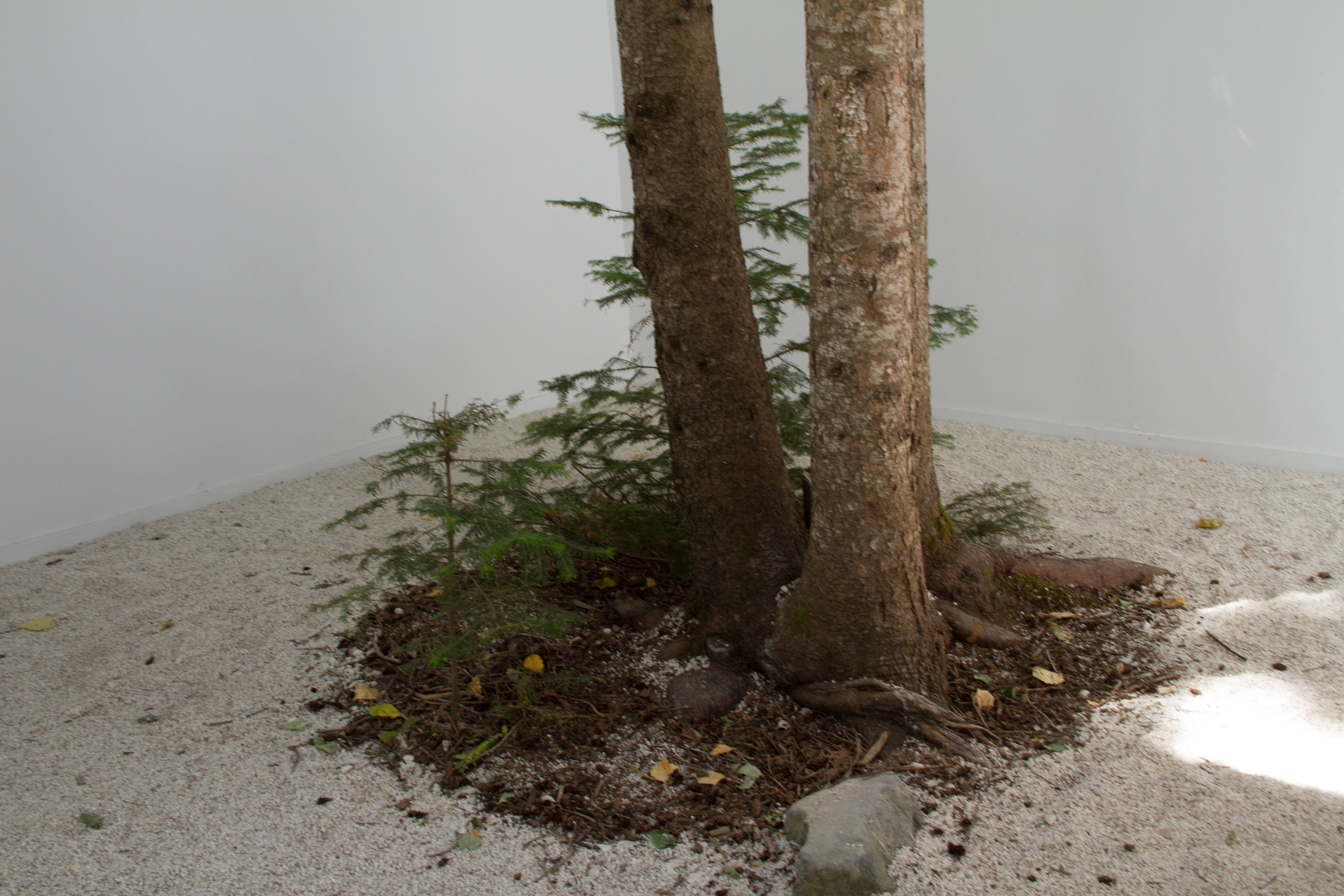
The garden’s signature flower is the Tibetan blue poppy.
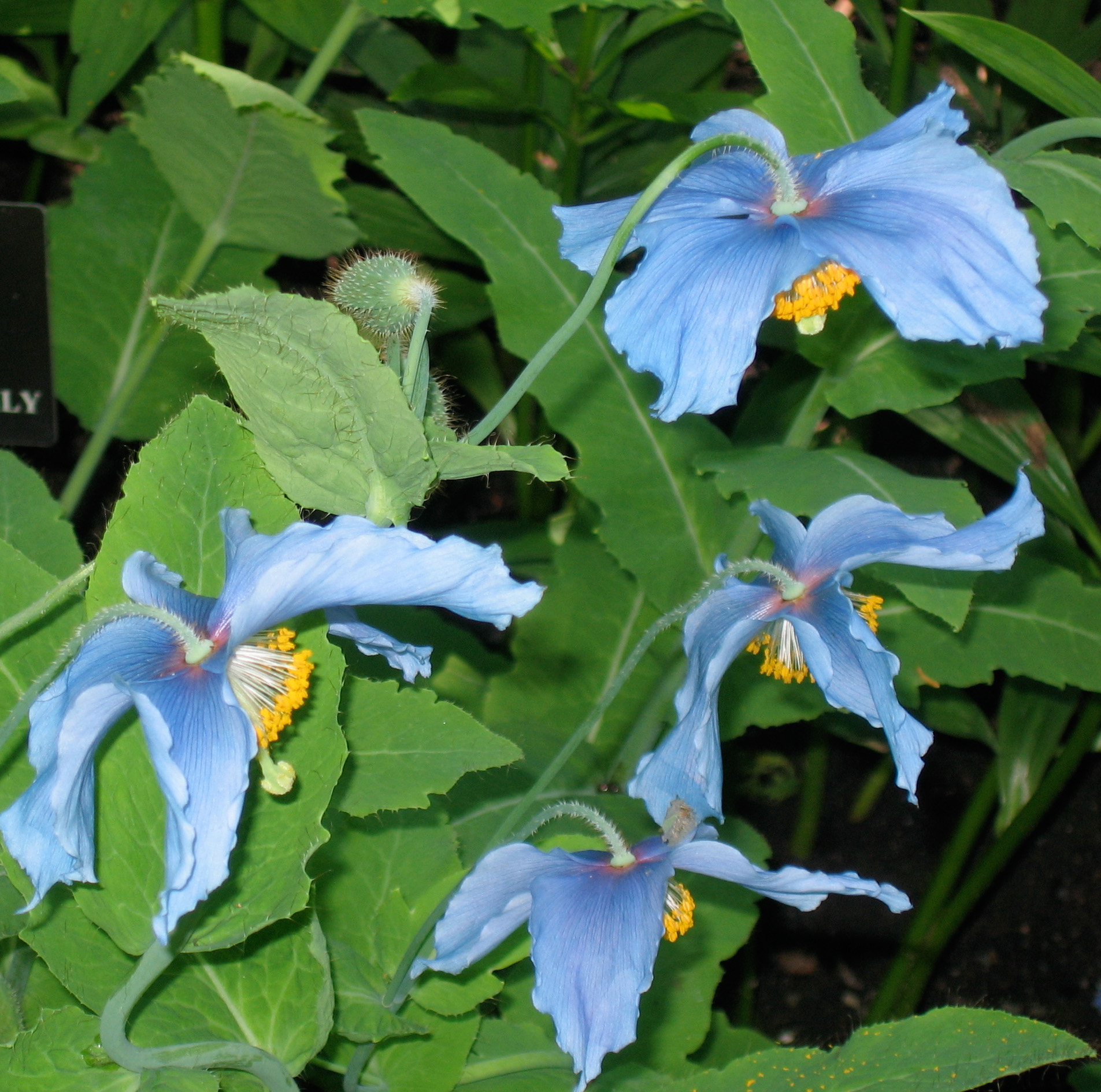
Claude Cormier took inspiration from the colours of the flower to create the Blue Stick Garden.
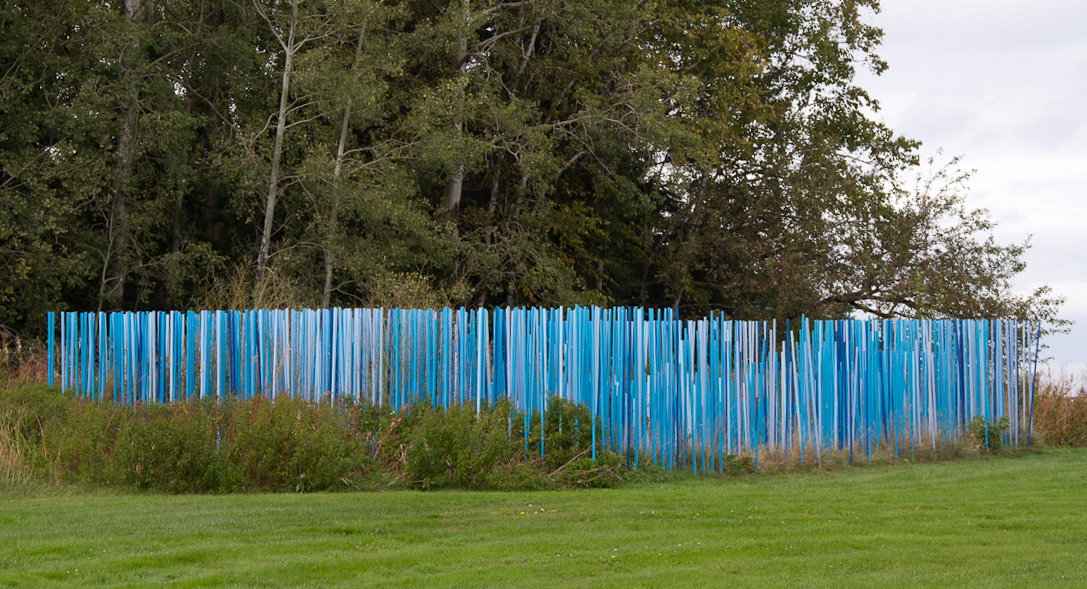
It has been installed in various locations in Canada and in other countries, but when I last saw it, it was on the lawn in front of Estevan Lodge, the garden’s principle building and formerly Elsie Reford’s summer home.
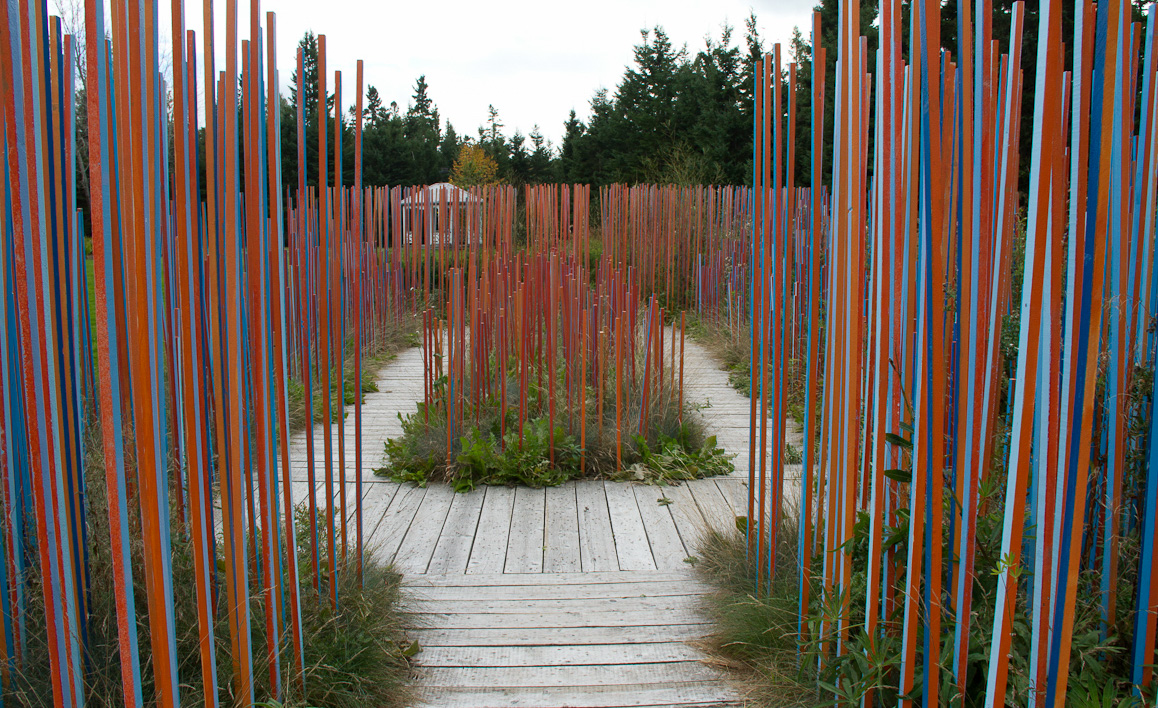
I’ve used this installation and several others from the International Garden Festival to illustrate talks I give. The Blue Stick Garden makes it obvious how important it is to see a garden from different points of view: from the outside, all is blue; from the inside, the predominate tones are those of orange and red that form the centre of the poppy.
Equally telling is Murray MacDonald’s installation, Nature morte de Métis, that illustrates subtly the movement that occurs in many gardens, from the fabricated garden to the natural world.

Several playful installations stand out in my mind, in large measure because I visited them with two granddaughters. The Woodstock by the French firm Atelier Yok Yok offered a chance for the girls to work off some of their energy.
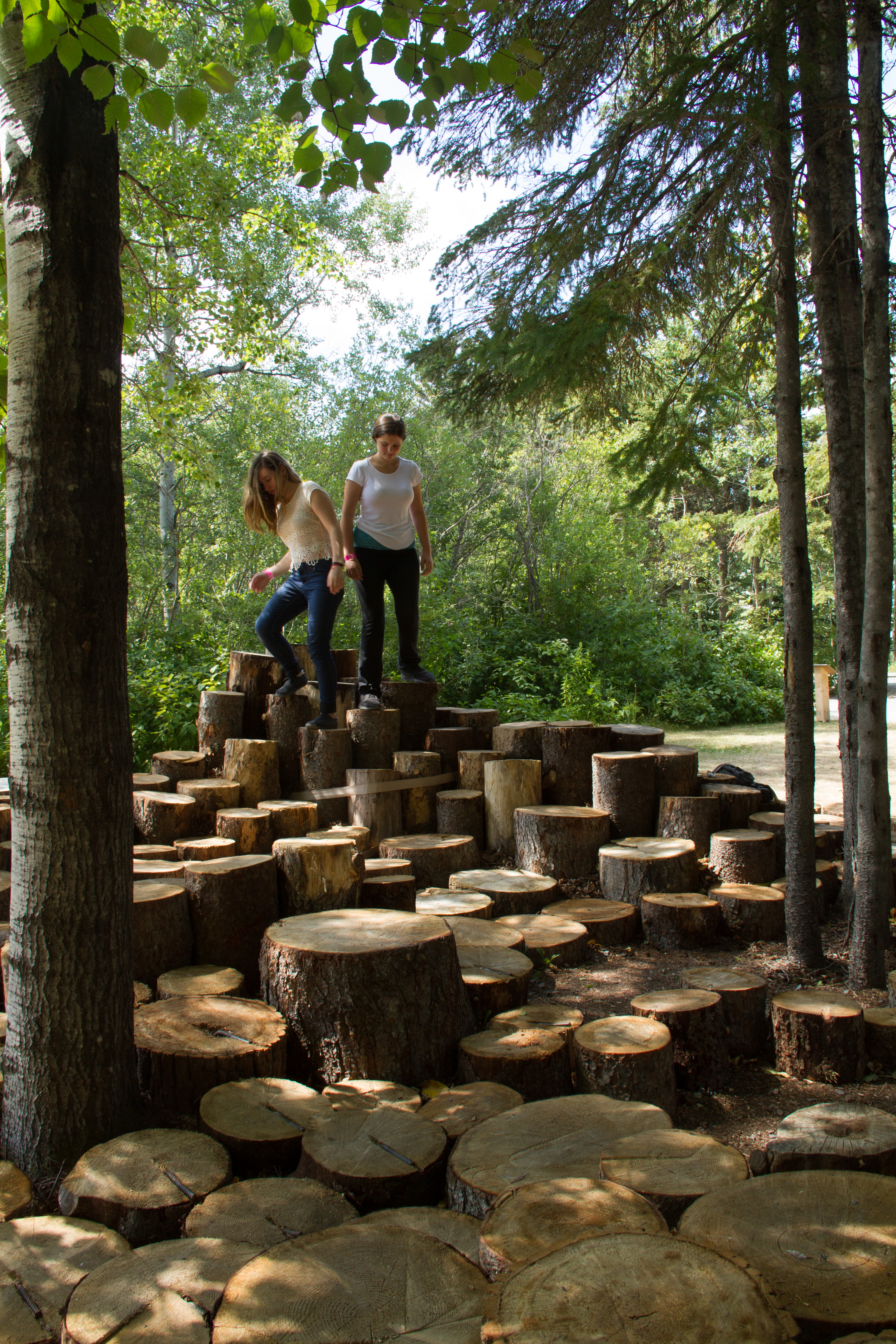
The Vertical Line Garden by Julia Jamrozik and Coryn Kempster created a playground of colour and movement that amused all three of us, changing as it did with every shift of the wind.
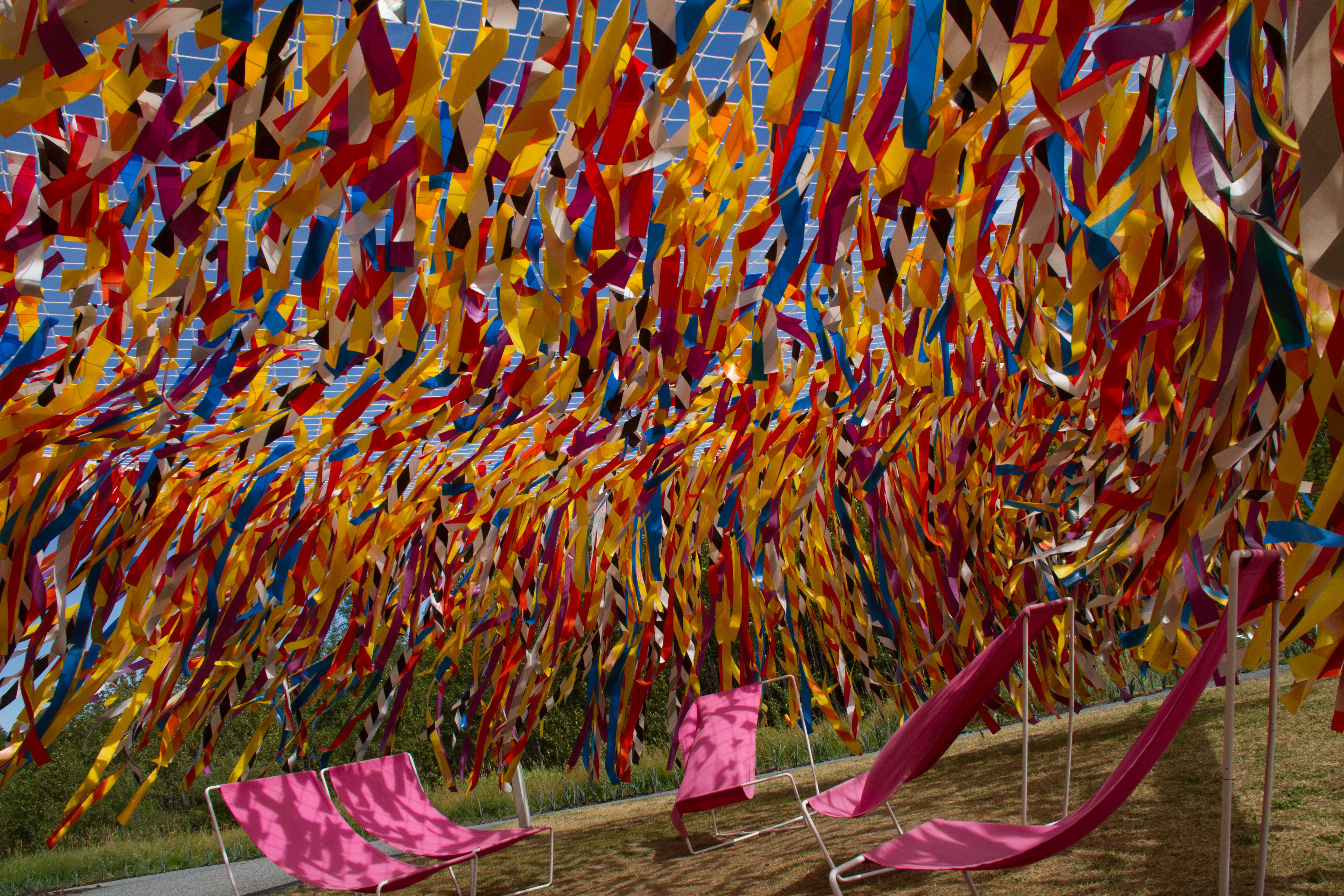
A favourite aspect of the site for me is the natural area that links the two parts of the garden. A stream whose name I’ve forgotten suggests a tended wildness …
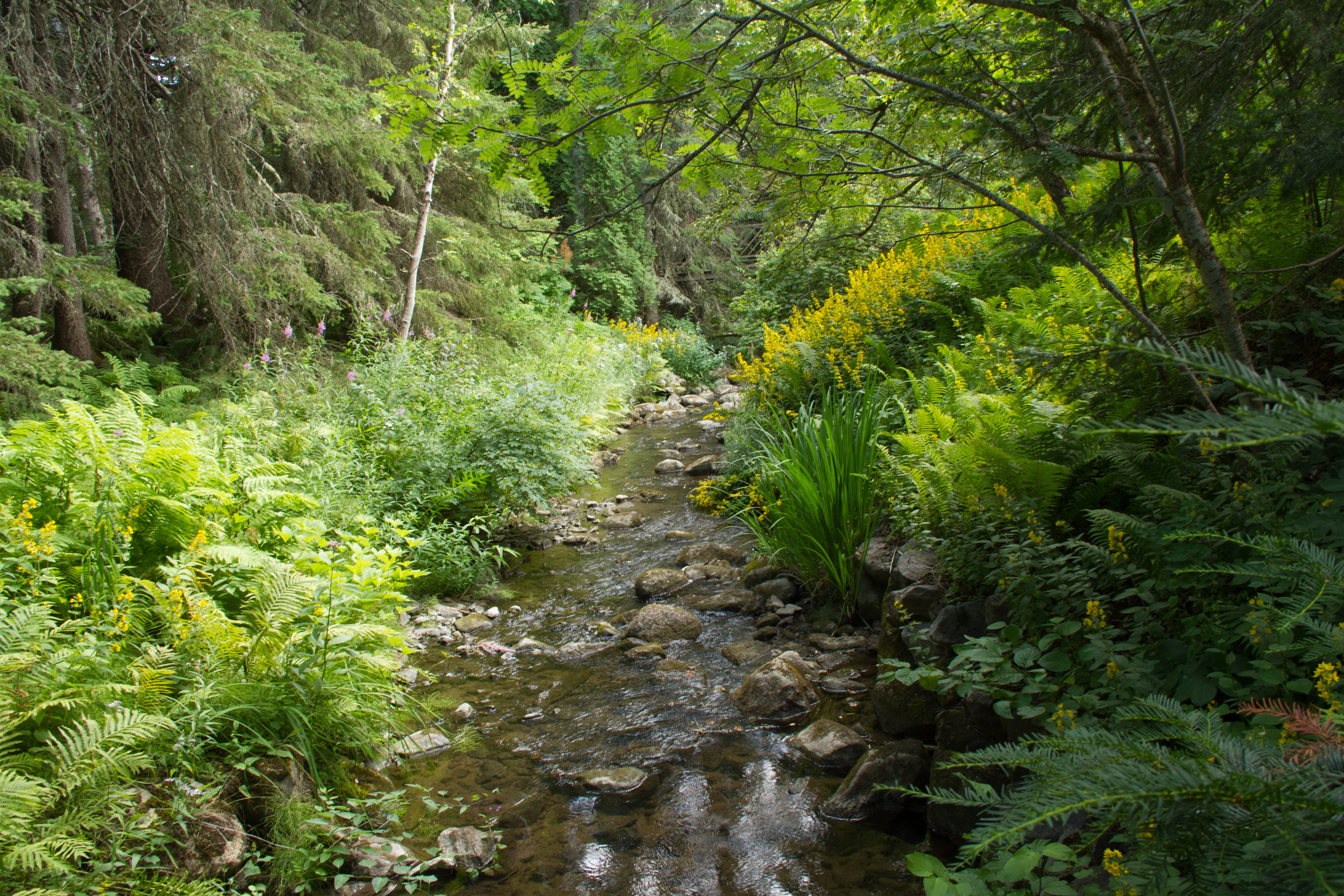
… and everywhere wildflowers abound.
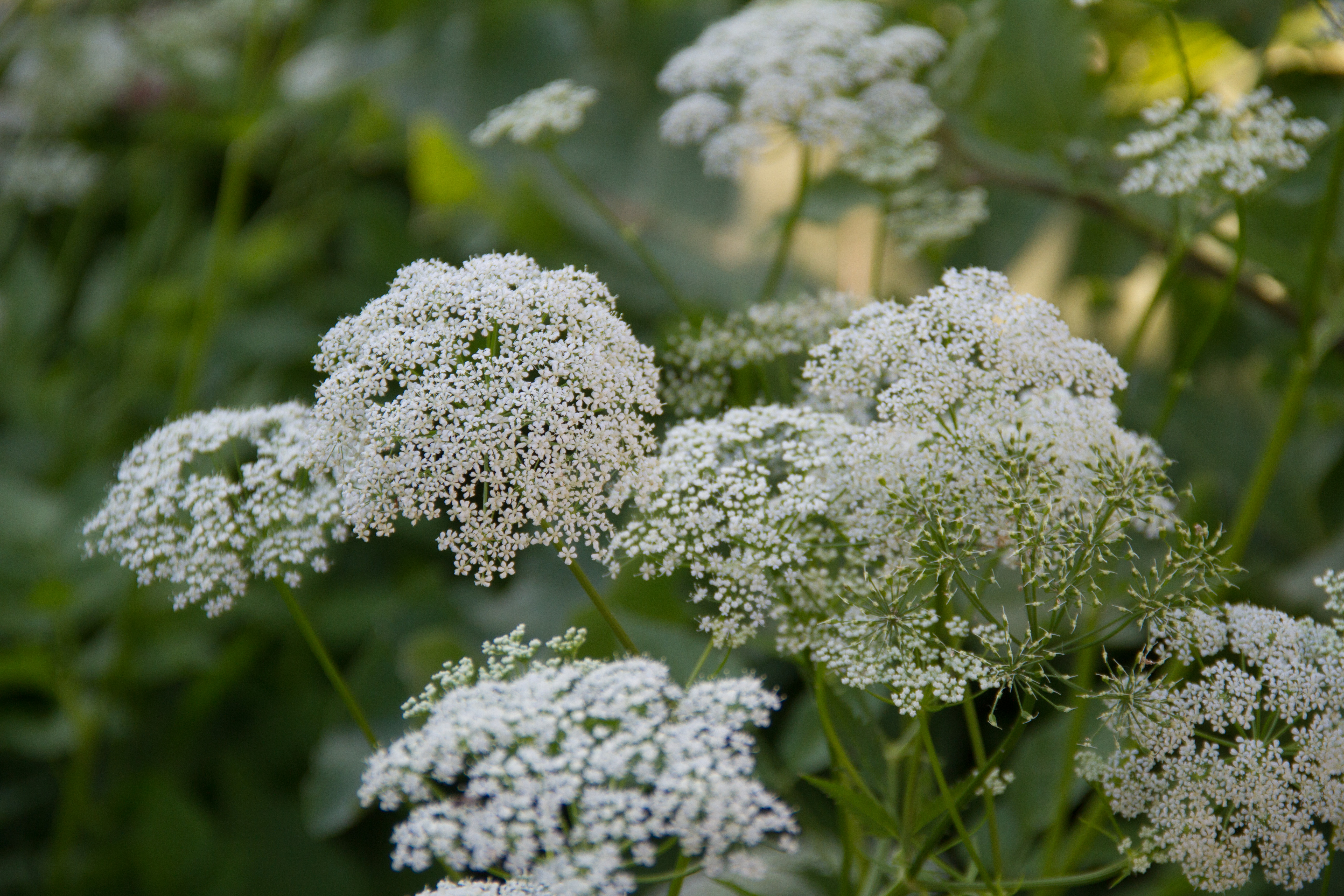
I also enjoy installations in the traditional garden that highlight the history of the area. The leaping fish in Bal à la Villa, by Quebec artists Annie Ypperciel and Robert Desjardins, is a sparkling way to acknowledge the importance of salmon — Estevan was originally Elsie’s fishing camp. I particularly appreciate how the fish dance over the rounded boxwood in the same way they leap over rounded stones in the Mitis River, adjacent to the house.

There are many installations that stand out in my mind: Afterburn by Civilian Projects …
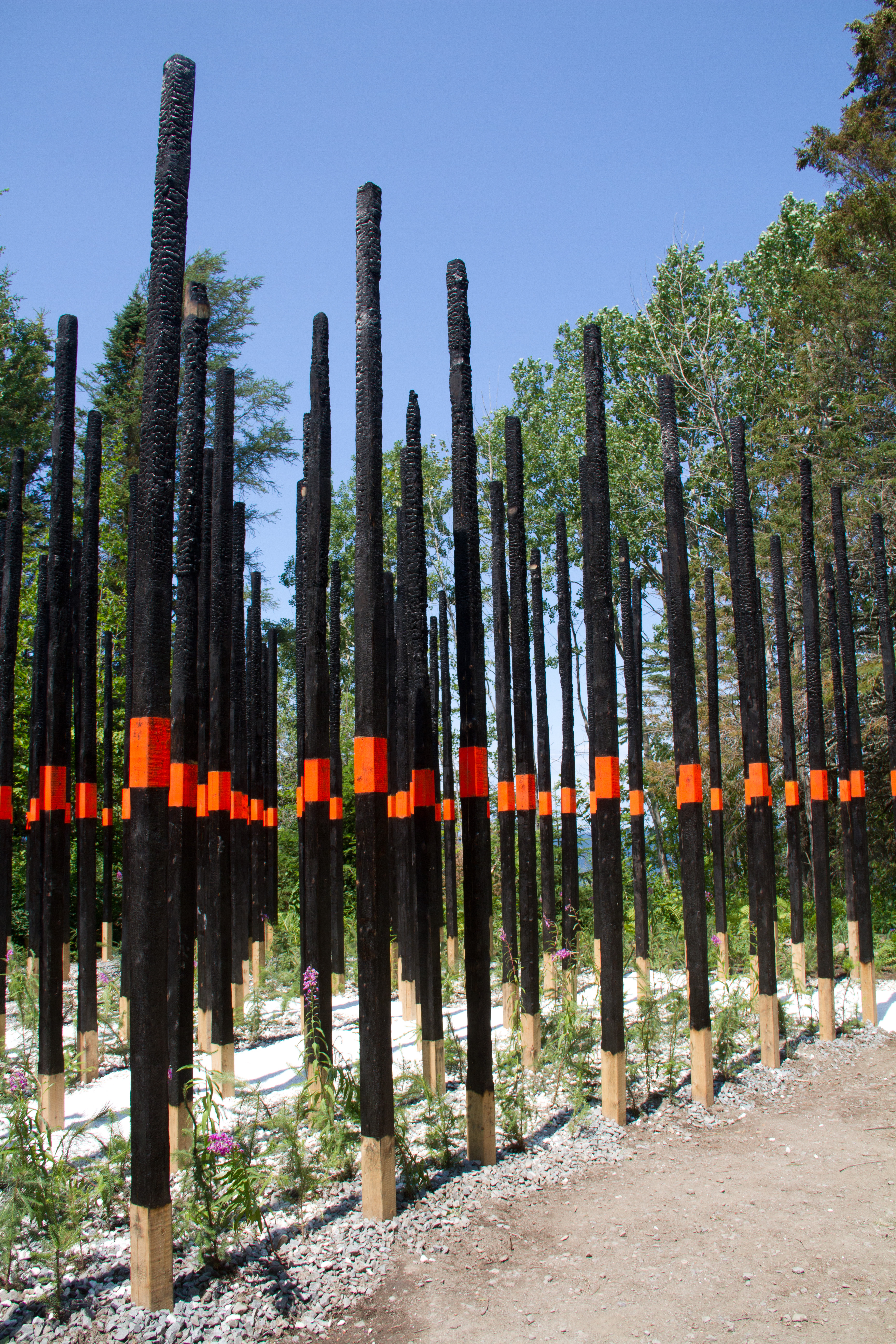
… Every Garden Needs a Shed and a Lawn by Deborah Nagan …
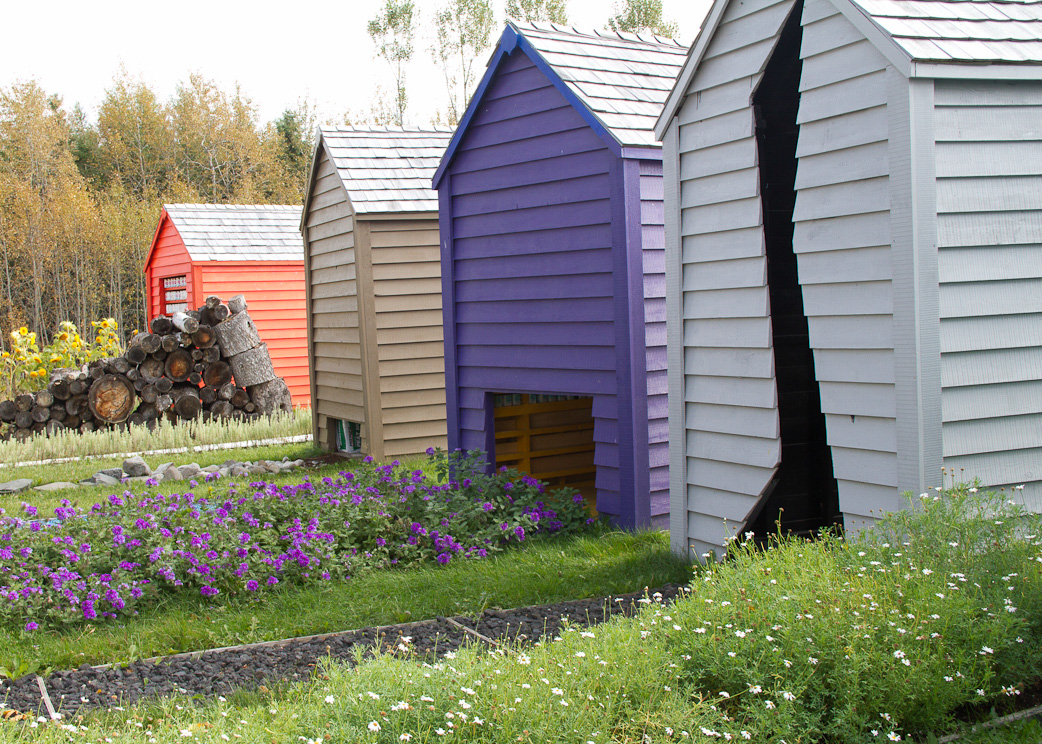
… Pomme de Parterre by Angela Iarocci, Claire Ironside and David Ross, where potatoes were wired up to power a battery, and variations of Making Circles in the Water by Balmori Associates that I saw in different years.
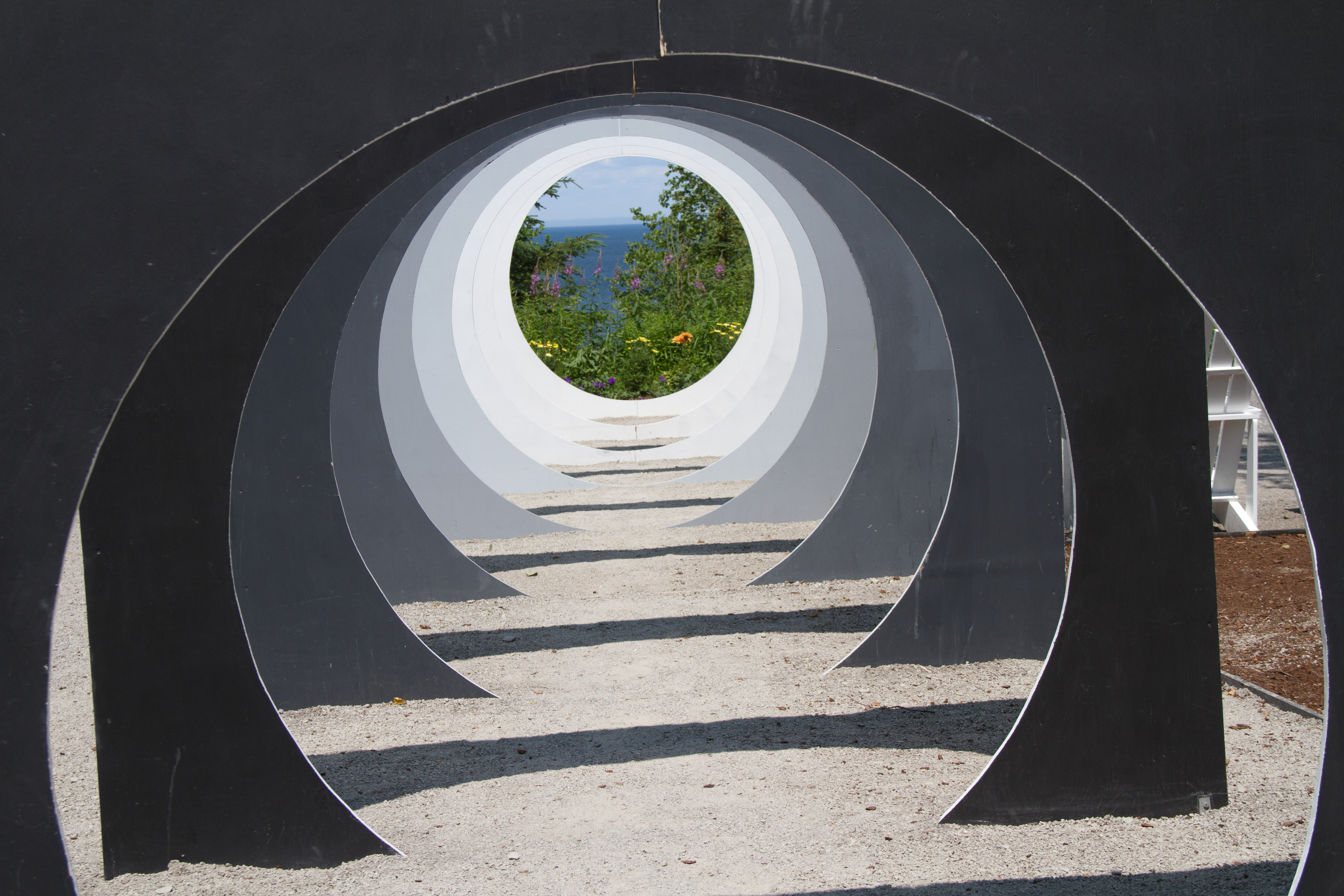
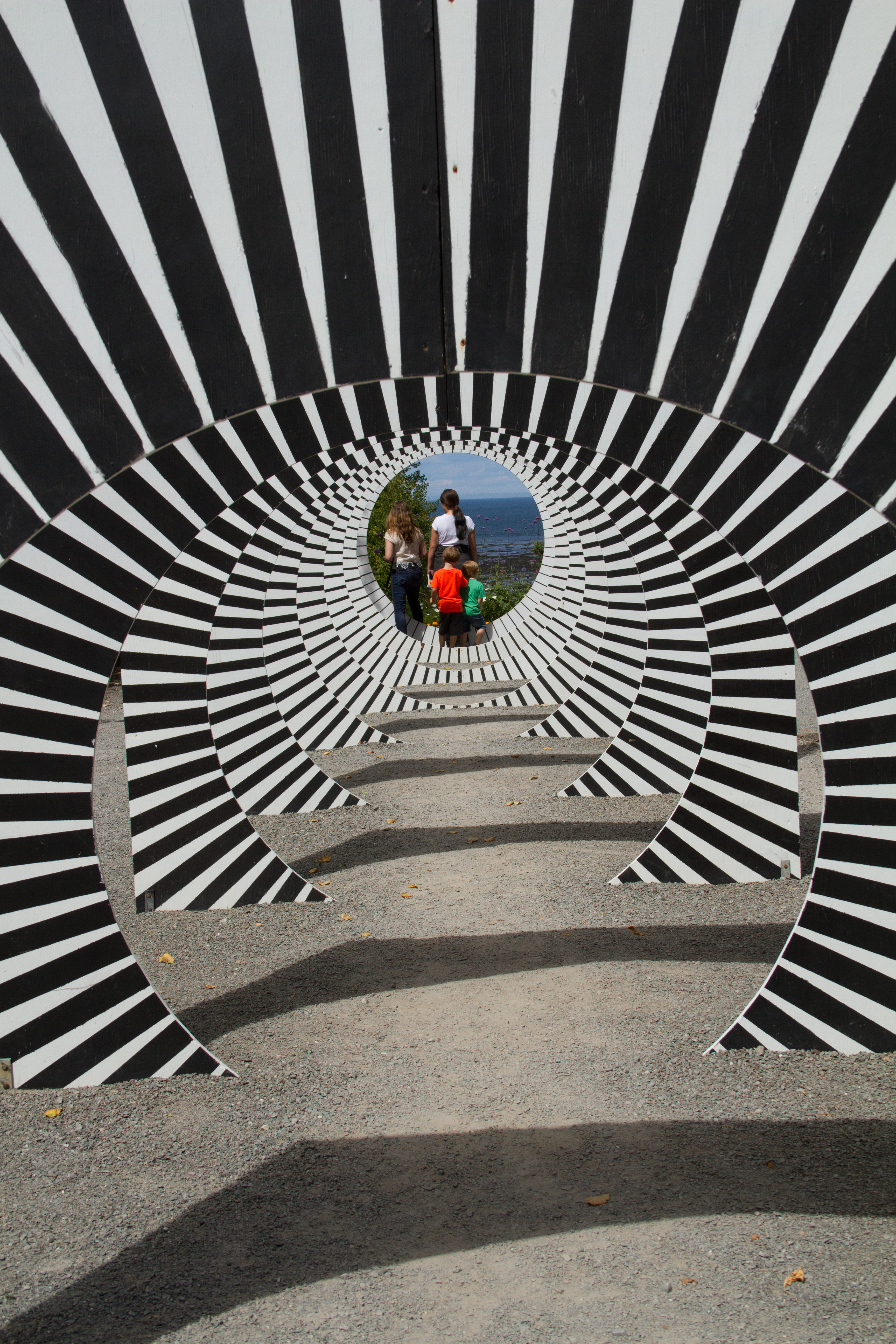
The list of firms and individuals whose projects have been featured at the Festival is stunning, including as it does some of the most noted designers in the world: Bernard Lassus from France, Christopher Bradley-Hole from the UK, Land-I from Italy, Michael Van Valkenburgh, Balmori Associates and Cao Perrot from the U.S., Taylor Cullity Lethlean from Australia and Topotek 1 from Germany. Not surprisingly, there are numerous Canadian firms and individuals but for me the stand-outs are Rosette Elkin’s Tiny Taxonomy …
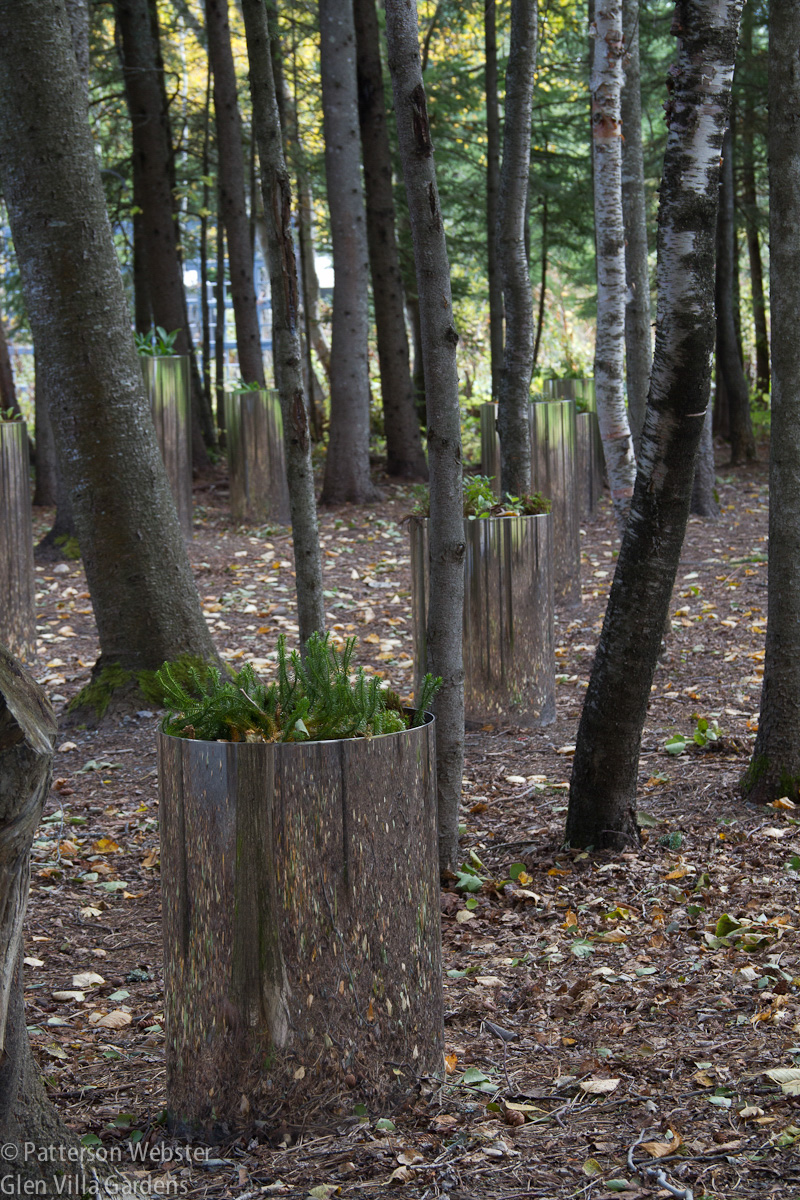
…and the many installations of the Montreal firm, NIP Paysage, including Floating Forest, installed off-site at the inauguration of the Chelsea Fringe Festival in London.
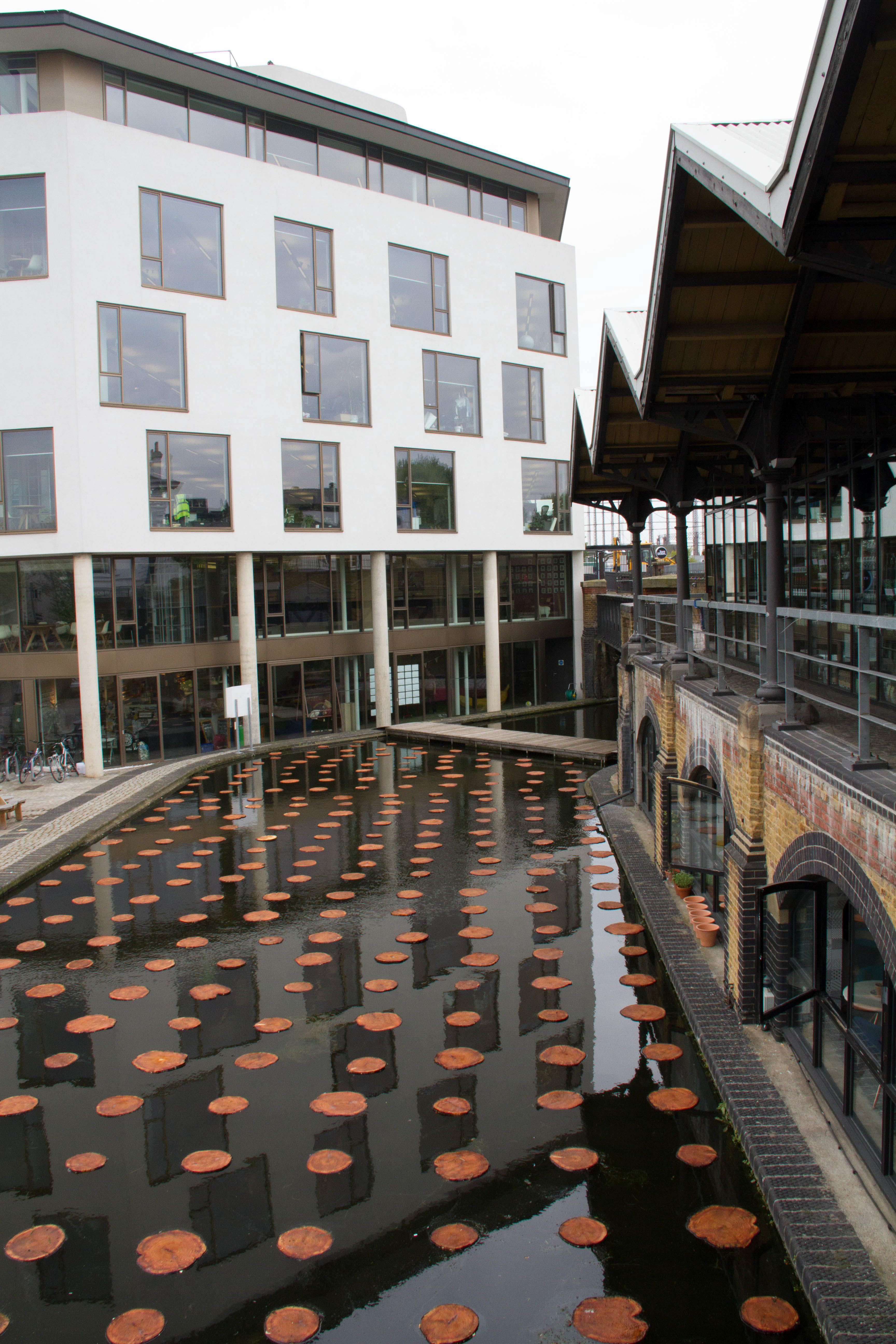
One of the joys of the Reford Gardens is remembering the people with whom I shared the visits: children, grandchildren, in-laws, and my husband. As I write, on what would have been her 82nd birthday, I’m remembering with particular joy the visit I made with my sister Nancie Kennedy in 2008. She and I visited many gardens together, but the visit to Métis is one of the highlights. By chance we bumped into Alexander Reford, the driving force behind the garden and the International Garden Festival. He took us ‘backstage,’ where the iconic blue poppies were being raised, and shared stories about some of that year’s installations, making the visit particularly memorable.
The Reford Gardens and the International Garden Festival combine in a thoroughly satisfying way two aspects of gardens and garden design. They showcase plants arranged traditionally in the garden …
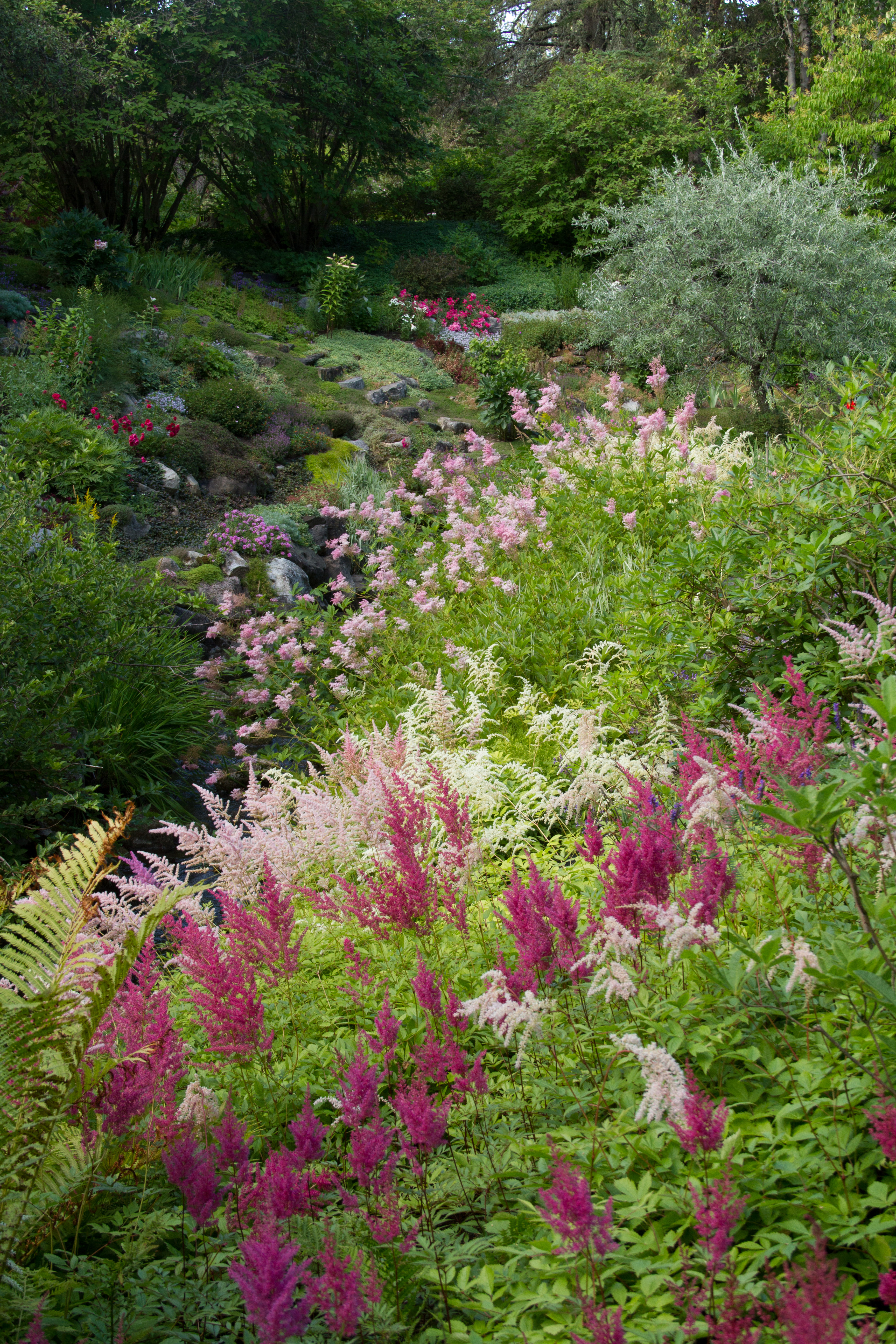
… and more inventively in the festival, as seen below in Round Up by Legge Lewis Legge.

The Festival stretches the boundaries of what a garden is, or can be, pushing us as observers to examine — and possibly to rethink — our preconceptions.
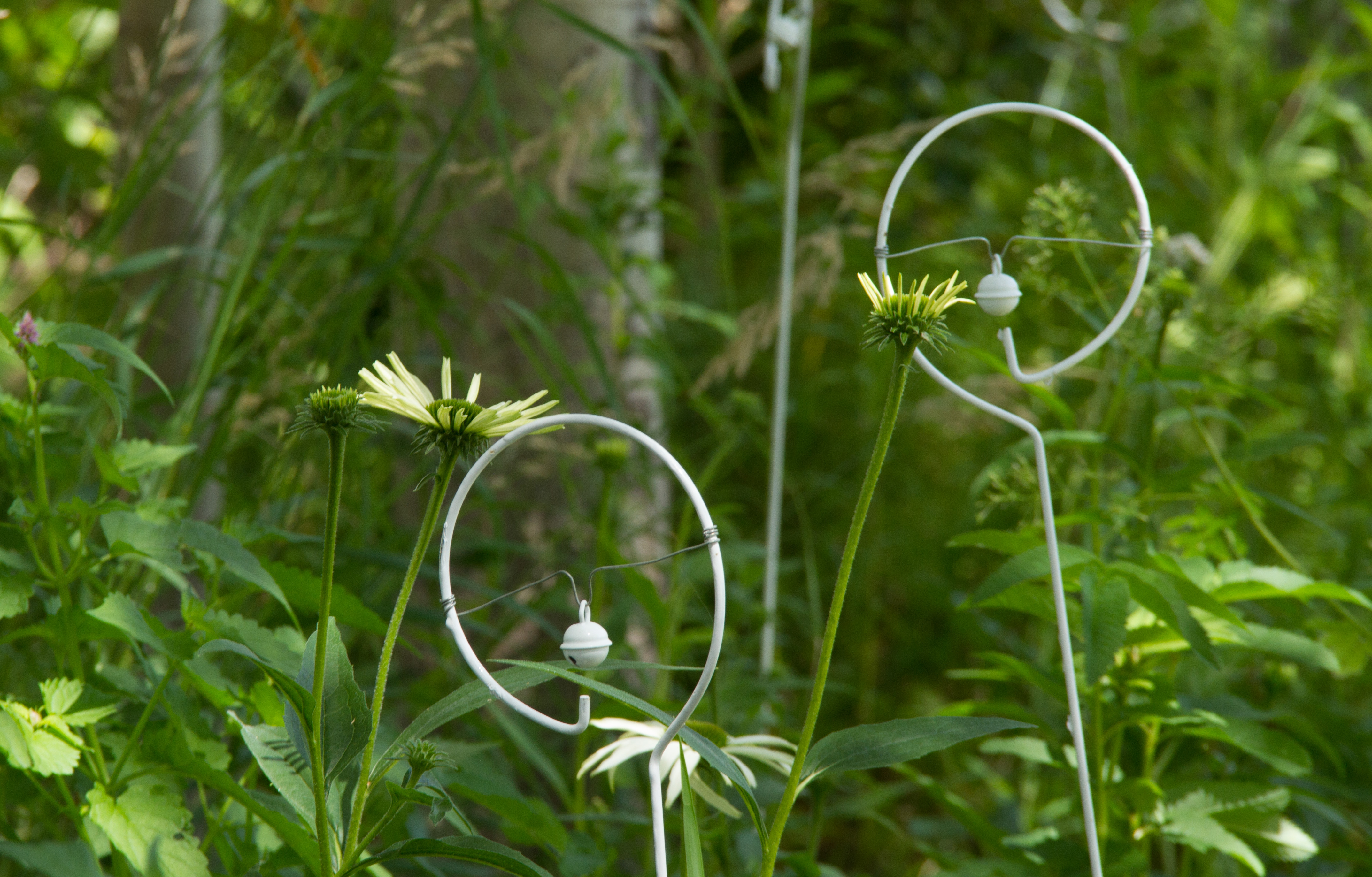
The festival gardens I’ve seen at Métis have inspired me to broaden my approach to gardening, pushing me to test the limits of what a personal garden can do. No wonder the Reford Garden and the International Garden Festival are on the list of my all-time favourites.







Great story, as usual!
Thanks, Mary.
Les Jardins de Metis are a wonderful garden. I particularly appreciate the historic garden and the recent evolution that we’ve seen over the years that we’ve visited. It’s really thrived and I’m looking forward to visiting in August again!
So glad you will be able to come north… stop by for a visit if you have time.
I am sure you have also seen the Cabot gardens « Les quatre vents» at Cap à l’Aigle in Charlevoix. A jewel !
Yes, I’ve been there a number of times. Another really good Canadian/Quebec garden.
Thank you for giving us an overview of the Reford Gardens exhibition. I go there almost every year with great happiness. This year, it will be in September and, with your photos, I anticipate the pleasure of rediscovering this wonderful place.
I hope to get there in September as well. Maybe we will bump into each other!
These ‘show’ gardens have seemed to me to be the best in the world and I wish Chelsea were more like that. Could open people’s minds to what gardens could be and do. (or maybe not!)
Far less emphasis on the ‘garden flower’ part of gardens, though. The other big difference is the length of time each installation or show garden is on view. The Festival opens at the end of June and only closes towards the middle of October. A lot of maintenance in between times.
In that, a bit like Chaumont, And both a bit more real, potentially.
Yes, you are right. I went once to Chaumont, some years ago, and would enjoy returning. One of these days, perhaps.
I loved both the traditional and conceptual gardens the only time I’ve visited Jardins de Métis, too long ago, in 2007. And I’ll never forget the blue stick garden when it came to CanadaBlooms one year. The Reford Gardens installations at CanadaBlooms the few times they appeared were always imaginative and inspiring. I wish I lived closer! And I was also lucky enough to visit Quatre Vents with the garden writers association in 2013. Unforgettable.
The two gardens are so close (well, yes, there is the St. Lawrence River in between, a formidable obstacle!) but yet so different. I can find much to admire in both and am hoping to get back there in September.
Reford is surely a beautiful garden, thanks for reminding me of our visit. Sadly we missed the blue poppies.
So much to see there, even if the poppies weren’t in bloom.